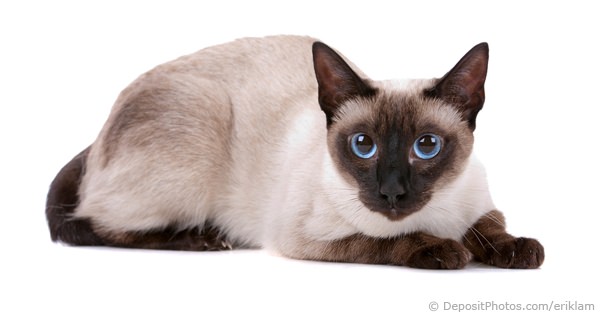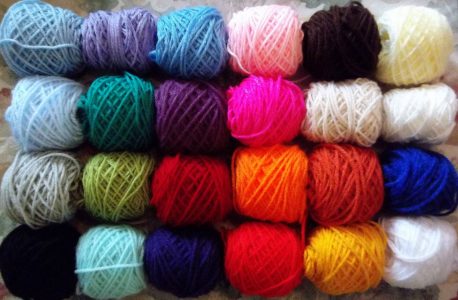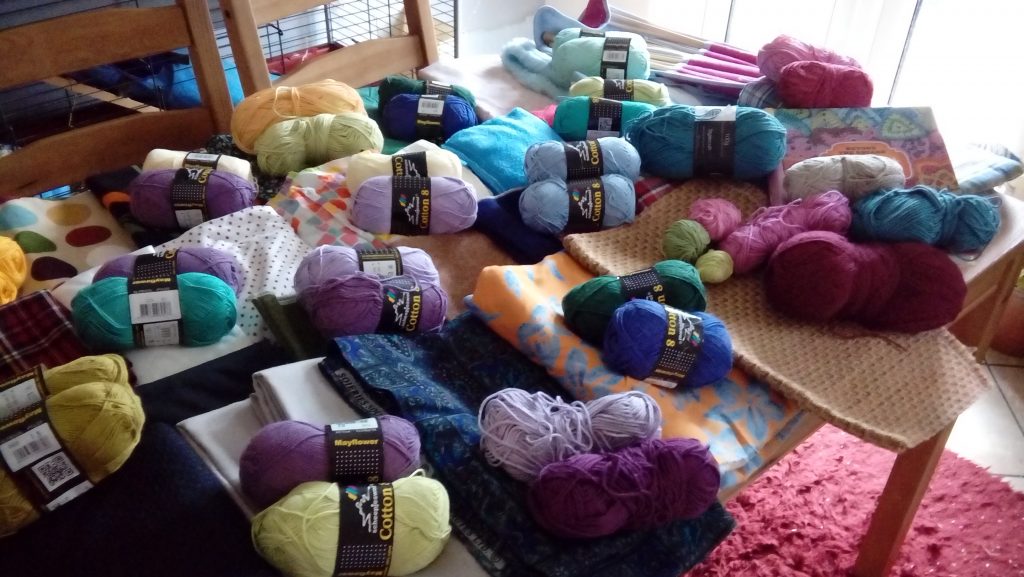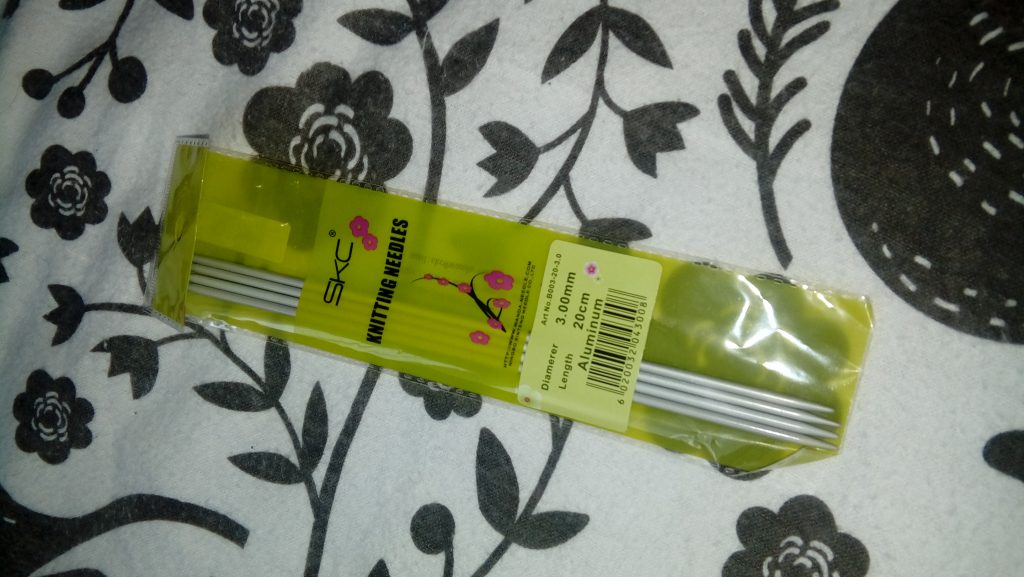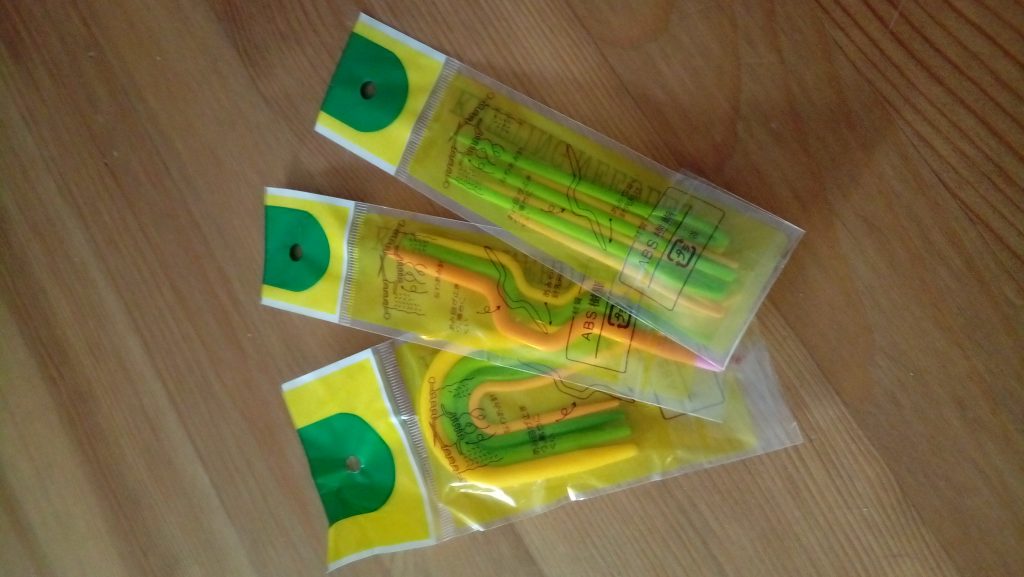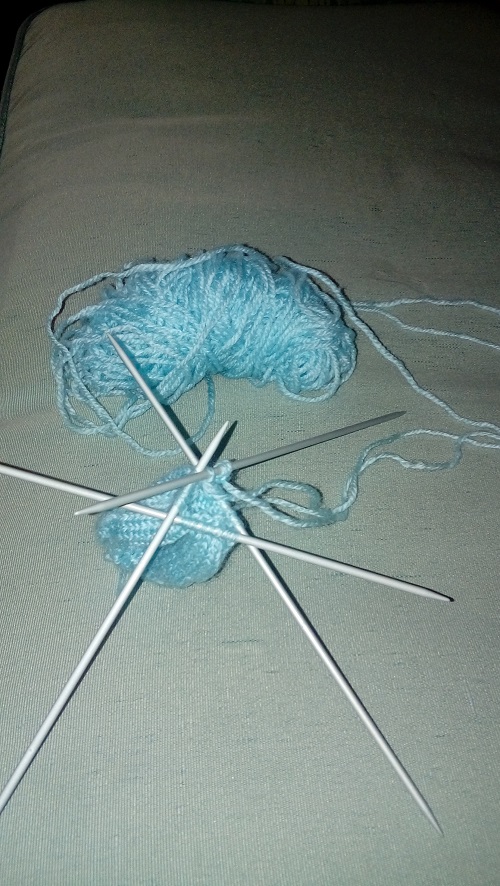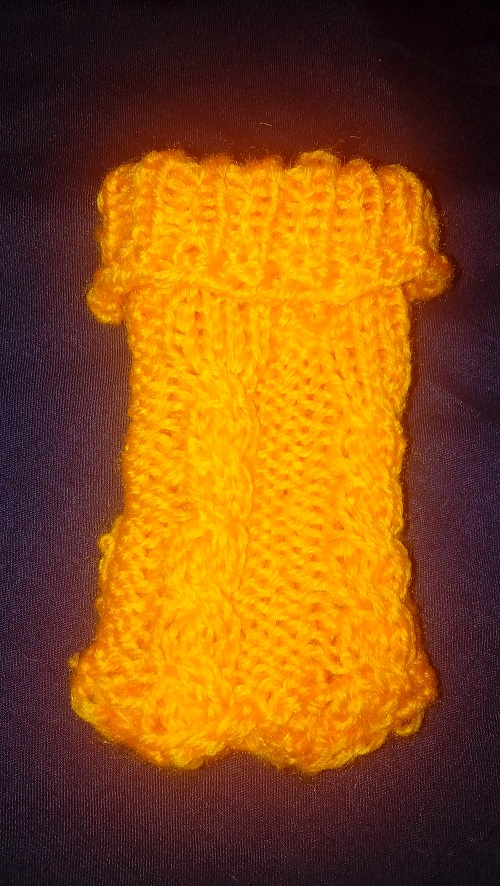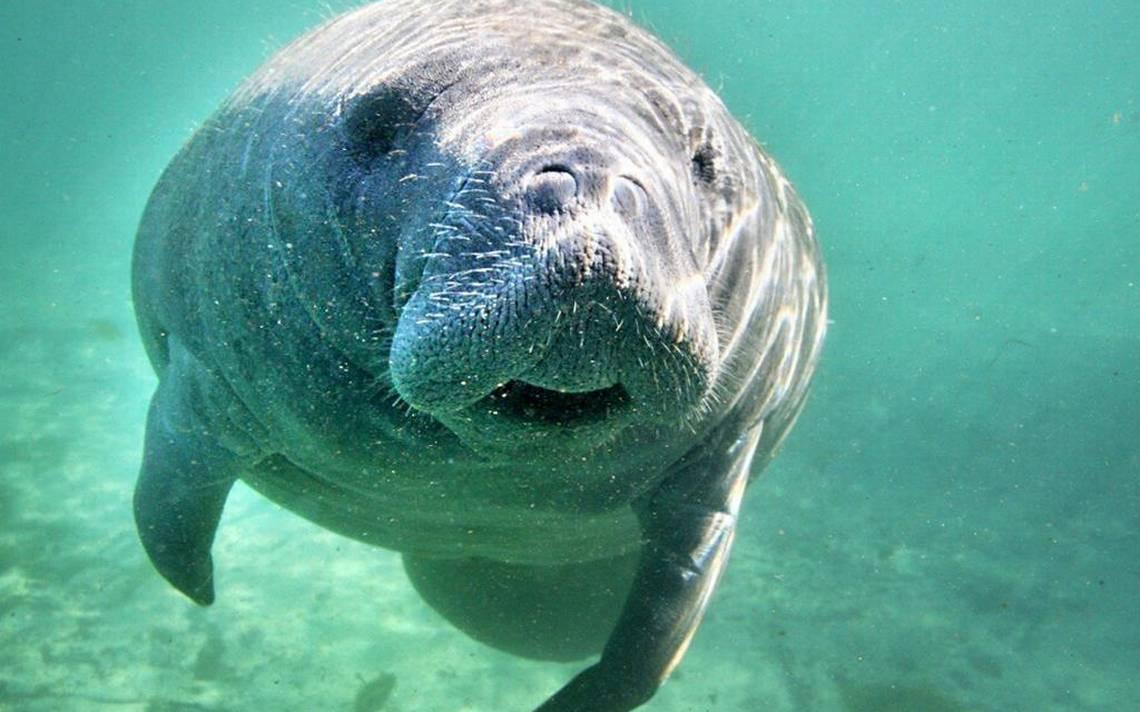Today is National Siamese Cat Day, according to the Internet. Here is an interview I found written by Lori Soard with Siri Zwemke, the founder of Siamese Cat Rescue in Virginia. For more information on Siamese Cats and adoption, as well as to find the original interview, take a look here.

LoveToKnow (LTK): Tell us a little about how you got involved in rescuing Siamese cats.
Siri Zwemke (SZ): I’ve had Siamese since I was 14. At the same time, we grew up with dogs, horses, chickens, ducks and so forth, and were always involved in helping animals in one way or another. In my 30s, after losing one of my Siamese to the dangers of the outside, I went on the Internet to find my next family member. Somehow I got hooked up with an Abyssinian Rescue site and the Director suggested I contact a woman in Kansas who had been rescuing Siamese from the Topeka Shelter. I did so and working with her via telephone and email, I selected a cat named Duke, an eight-year-old chocolate point who had been found in a home sitting beside his owner (who had been deceased for several days). While working out the details of bringing a cat from Topeka to Virginia, I placed calls to the area animal shelters inquiring whether they ever got Siamese, and asking them to give me a call if they did. Before I knew it, the phone was ringing off the hook, and I began bringing Siamese cats into my home. At the time, I was a teacher of the hearing impaired; for the first few years I did both – caring for rescued cats (4 a.m. to 6:30 a.m.), commuting an hour to a full time job as a teacher, raising a small child, and then working at rescue till about midnight every night. When I found myself falling asleep in the classroom as I was ‘reading’ a story in sign language to the class, I realized something had to give, and I chose to go into rescuing cats full time. By the way, Duke did join our household about six months later. He was the first cat to use our transport system called the Meezer Express.
LTK: Your husband, Darrell, works with you. When did his interest in rescuing Siamese cats begin?
SZ: Darrell has always had Siamese cats. A computer whiz, Darrell started the Siamese Internet Cat Club in 1996 with meezer.org. In 1999, as I was trying to get Siamese Rescue’s information online, it was suggested to me that I contact Darrell to see if he would be willing to host the Rescue, providing website services and support, and he agreed. So began an Internet relationship that evolved into a marriage in 2001. We both now work full time for the Siamese Cat Rescue Center. Darrell has developed amazing software that allows us to be very successful over such a large geographic region. In addition, he provides website services and support to several other Siamese Rescue operations out of Texas, Colorado and California.
The Job of Siamese Cat Rescue
LTK: What is the most rewarding thing about rescuing cats?
SZ: It’s impossible to say what the most rewarding thing is. Getting the cats back on their feet when they come to you with 15 teeth that need extracting, broken bones, stomach issues and so forth – solving (most of) these issues and seeing those cats blossom is very rewarding. Making so many families happy with the addition of a carefully chosen feline family member and hearing how much that cat means to them over the years; that is very rewarding. Being there to help the elderly lady who has to place her cat because she needs to move to a nursing home or the family who is evicted and has nowhere to turn with their cats; that’s very rewarding. Meeting so many fantastic and compassionate people who give so much to help the organization and the mission is amazing; it restores faith in the human race. And being able to do something we are both passionate about, in an environment we both love, can’t be beat. Tonight we got an update from one of our adopters in New England who adopted Stella, a three time return. Stella had originally come into our program years ago. In her first three placements, she misbehaved in the litter box and was returned each time – the first time after several years, the second time after one night, the third time after a number of months. Stella was clearly telling us that each placement was not the right match. This time, she has hit the jackpot. She is behaving beautifully in the litter box department, and her owner just gushes about how wonderful she is. We track our returns very carefully and actually have quite a low return rate, but with some of the very ‘broken cats’ it takes a lot of time and effort to make the right match!
LTK: Siamese Cat Rescue Center (SCRC) covers around 20 states and has more than 400 volunteers. How did it grow to this point in just a little over ten years?
SZ: The Internet was key, and it allows so many people from so many places to come together for a purpose – to adopt a cat, to place a cat, to rescue a cat, to volunteer. Conducting most of the operations by email and online allows for people from all over to contribute in a wide variety of capacities on their own schedule. We try to maintain regular contact with our applicants, adopters and supporters while providing information about volunteer opportunities, our yearly events, our retail store and encouraging everyone to get involved.
Additionally, we’re very fortunate that many of our volunteers stay with us for years and years, and they help contribute to a very strong backbone. The rescue organization is run just like a business because it is a business; it’s just a business that involves cats. If you make sound business decisions, uphold sound business practices, provide good service with a great product, in our case the Siamese, you’re bound to grow!
LTK: What is one of the first things that happen when a cat comes to you for rescue?
SZ: When we get a call about a cat that needs help, the first thing that happens is we work to make a determination over the phone (or email) as to whether the cat is going to qualify for the program. If the cat sounds like a good candidate, we then notify the Intake Lead and/or the Regional Coordinator for that area. They notify an Intake Evaluator who visits the cat to conduct an evaluation. Cats are evaluated in three areas – their looks (they must look at least partly Siamese), their medical (we do turn down cats with terminal illnesses, for example) and their behavior.
We receive many hundreds of requests for help and realize we cannot help them all, so we work to choose those cats that will meet with the most success in our program. Once approved, foster space is selected and transport arrangements are made. The cat is cultured for fungi, bathed, vaccinated, wormed and further vetting arrangements are made. A photo shoot follows with the foster uploading digital pictures and a description onto the website. All medical information is logged into the website and medical approvals granted as needed. The cat is now ready to peruse prospective suitors.
LTK: What process does someone who is interested in adopting a rescued Siamese go through?
SZ: It’s a very detailed, involved process and not for everyone. Some people prefer to go directly to a shelter, choose a cat or let a cat choose them, and go home with one the same day. Our program focuses on matchmaking, with the foster’s job being to identify and detail the personality of the cat and to represent that in as much detail as possible to the applicants who inquire about the cat. Meantime, the interviewers work with the applicants to gather as much information as they can about the family’s experience with Siamese, their experience with rescue animals in general, their understanding of medical issues, their ability (or not) to handle behavioral issues and so forth. We then work with the applicant to match all of this information together.
LTK: How does one become a foster family?
SZ: We have three types of fosters: short term, long term, and extension. Foster training begins with submission of an application form and vet form, similar to that provided by applicants. The foster-in-training completes a series of steps that include a telephone interview with the Foster Lead, some hands on computer training with someone in their region, a home visit, four to five hours of training videos, the identification of a rescue-friendly vet in their area and concludes with an interview with me. Additionally, in some states, fosters must be registered with their state. Fosters are provided with a great deal of support; we cover all preapproved medical costs, provide a well stocked foster kit, have mentors available should they need help, have online training materials they can access as they need to and so forth. It takes about a month to complete the foster training process. We do not foster-to-adopt, as a matter of fact one of our ‘rules’ is that the foster may not adopt their first foster cat. We currently have 78 approved fosters.
What’s Great About Siamese
LTK: Siamese lovers everywhere know just how special this breed is. Tell us what you love about Siamese cats.
SZ: Besides being nice to look at, Siamese cats have such depth to their personalities. They often prefer people to other cats. Many of them are highly intelligent. You rarely get a ‘meatloaf’ of a cat with a Siamese. They can be vocal, involved, demanding, needy, interactive and mischievous. The qualities that most people love about Siamese are often the same ones that people dislike – “this cat is too demanding, too much, always needing me, always wanting something”. These qualities are also what makes matching the Siamese to the family needs so tricky because not every Siamese is going to be suited for every lifestyle. Add into that the trauma of rescue cats in general (baggage of various sorts), and it becomes quite a puzzle to put the pieces together.
LTK: How many cats of your own do you own?
SZ: The number changes from time to time since we tend to take in the unadoptable cats, particularly the older geezers, and these cats are often only with us for a few years. We currently have six cats, of which Brit is the only one “owned” (assuming you can ever own a female sealpoint ), since all of the others are “residents” and still belong to SCRC.
The Future of SCR
LTK: As a nonprofit, how do you fund your rescue organization? How can others help?
SZ: We rely primarily on donations. We have a retail store online at thesiamesestore.com and regional groups who attend cat and craft shows throughout the year to showcase our items (a number of which are handmade by our volunteers). We are registered with CFC (Animal Charities of America) and CVC (Virginia). We have a number of volunteers who work for organizations that offer matching gift programs. Early on, we did a lot of grant applications to fund items needed at the Center here such as cage banks, etc. We also publish a very nice calendar each year.
We just couldn’t survive without the dedication of our volunteers who help in every way from transporting the cats via the Meezer Express transport system, to evaluating the cats in the public shelters, to fostering, interviewing, crafting and helping here at the Center. There are so many ways to get involved, and it really doesn’t matter where a person lives if they’d like to help out – whether monetarily or via volunteering! We have an extensive volunteer information and application page at: va.siameserescue.org/volunteer, and proactively recruit at the events we attend.
LTK: Any plans to expand your rescue efforts in the near future?
SZ: We continue to expand our service area throughout the east coast, but only as we have volunteers and resources. We try not to overlap into areas where there are other non-Siamese Rescue associated organizations in existence (Kansas City and Michigan are two that come to mind). We’ve talked many times about taking on more, starting a local spay/neuter program for example, since we live in a very rural community where spay/neuter is not often done. However, we’re very leery of overextending ourselves. After ten years, we’ve only just now gotten to a place in the organization where we have been able to delegate responsibilities enough that Darrell and I can take an afternoon off here and there as opposed to the early years of 24/7 x 365. Right now we’re focusing on fine tuning many of the things we’re already doing.
Final Thoughts
A very warm thank you to the Zwemke’s for sharing some time with us talking about this wonderful organization. Siri and Darrell would like to encourage people to get involved with a non-profit of their choice. As Siri says, “The people you meet are fantastic, the rewards you reap are wonderful, and the good you can do is immeasurable.”
For more animal interviews, take a look here
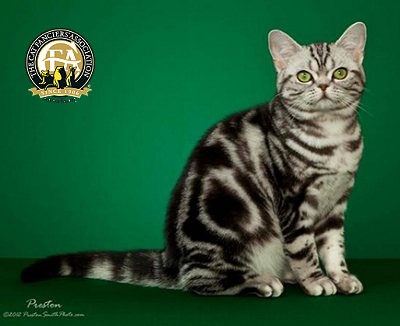
 Classic – Whorls ending in a ‘target’ on the side of the cat
Classic – Whorls ending in a ‘target’ on the side of the cat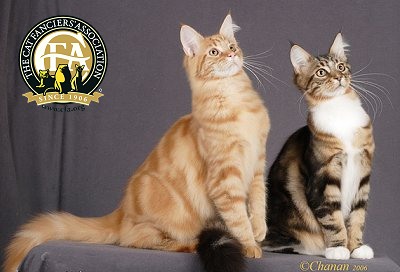
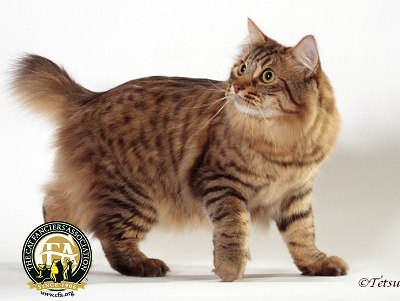
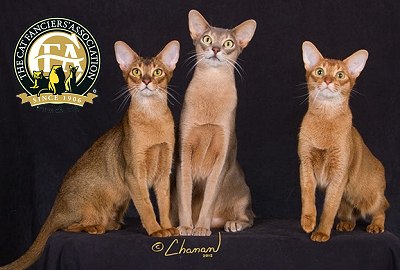


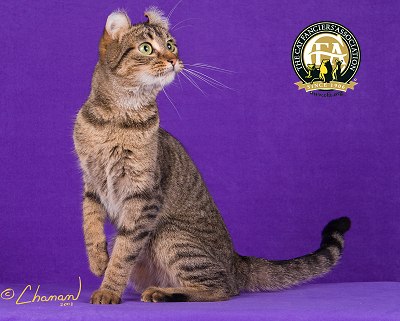

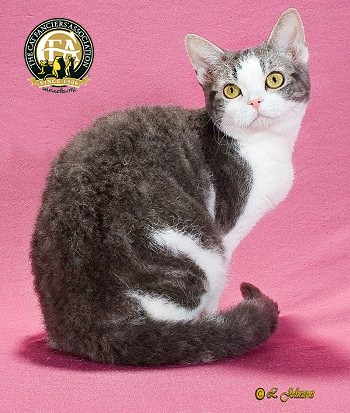
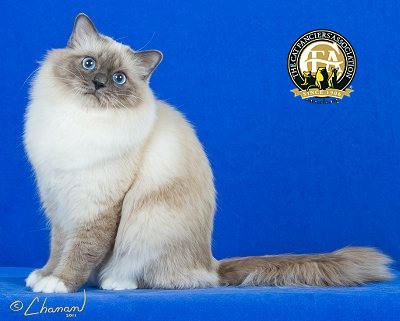
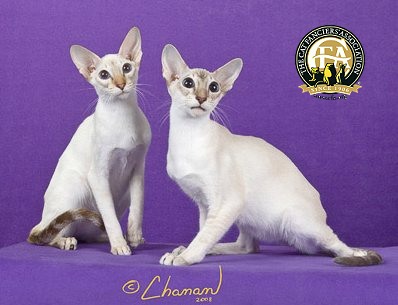
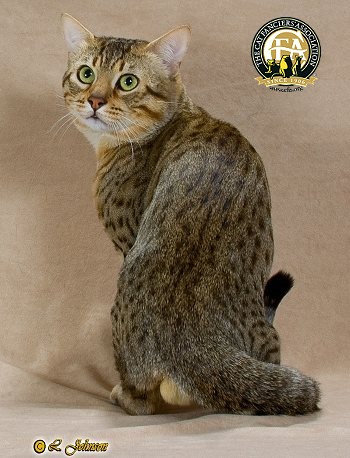
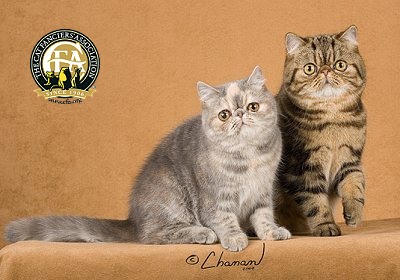
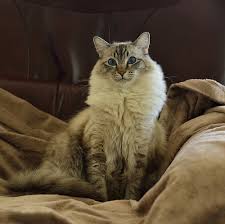
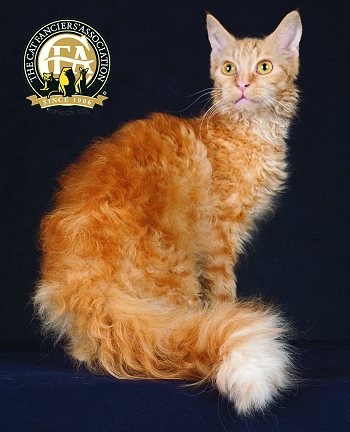

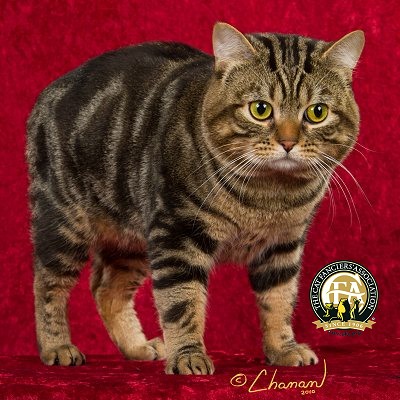
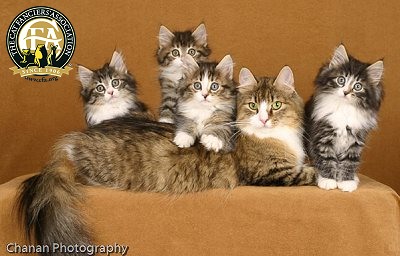
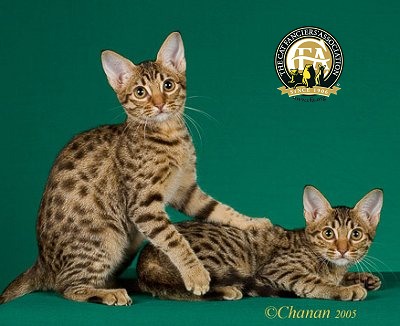
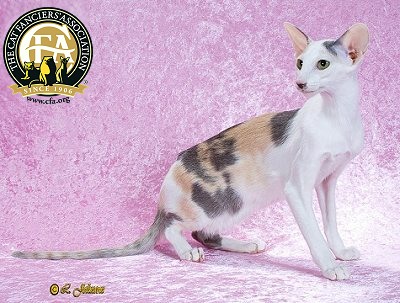
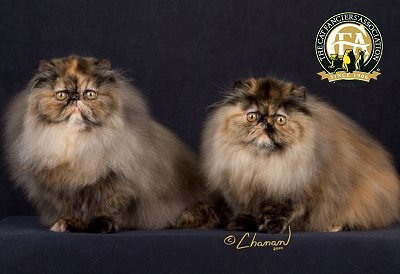

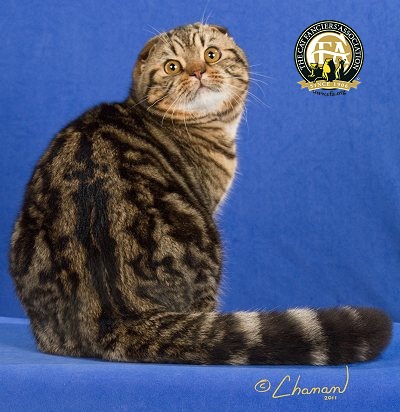
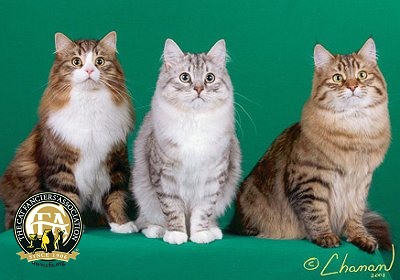
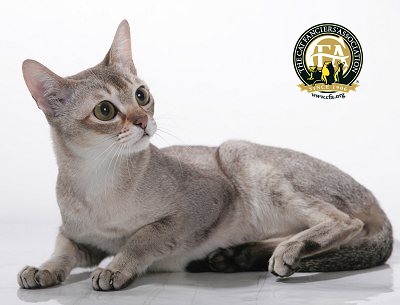
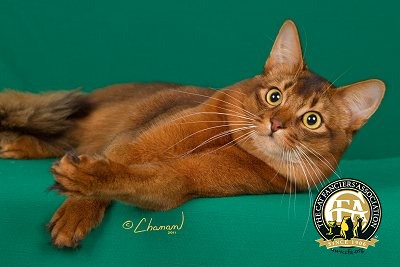
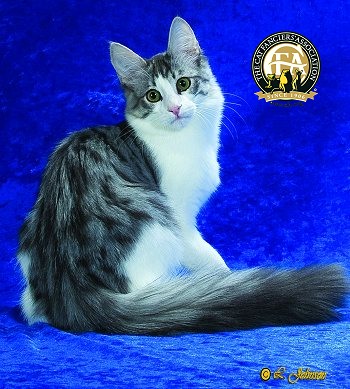
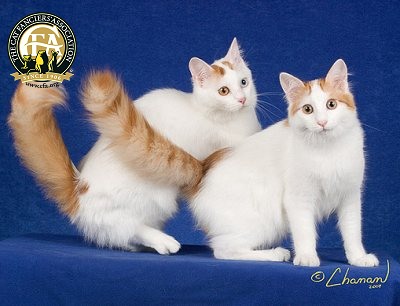
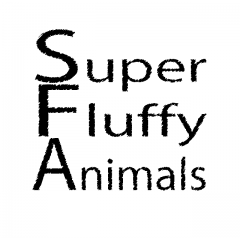




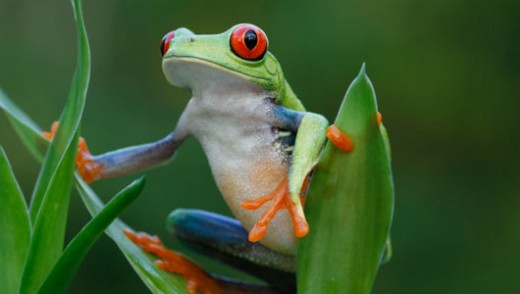
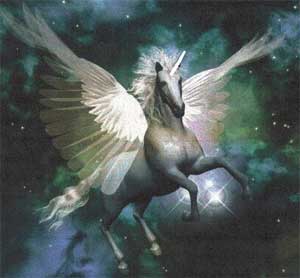

 1) Archaic Unicorn – Goat sized, Goat beard, Lion tail, Cloven Hooves
1) Archaic Unicorn – Goat sized, Goat beard, Lion tail, Cloven Hooves
 3) Western European – Wings on the feet, Curly horn
3) Western European – Wings on the feet, Curly horn 4) Central European – Smaller pony size
4) Central European – Smaller pony size 5) Alps and Carpathian – Grey speckled and robust, Largely Goat-like
5) Alps and Carpathian – Grey speckled and robust, Largely Goat-like 6) Eastern European – Pony size, very fleeting when seen
6) Eastern European – Pony size, very fleeting when seen 7) Chinese/Japanese – Almost Cow-like, Fancy horn
7) Chinese/Japanese – Almost Cow-like, Fancy horn 8) Gaelic – Heavy coat for Winter conditions
8) Gaelic – Heavy coat for Winter conditions 9) Black – Black fur, Red horn and hooves
9) Black – Black fur, Red horn and hooves